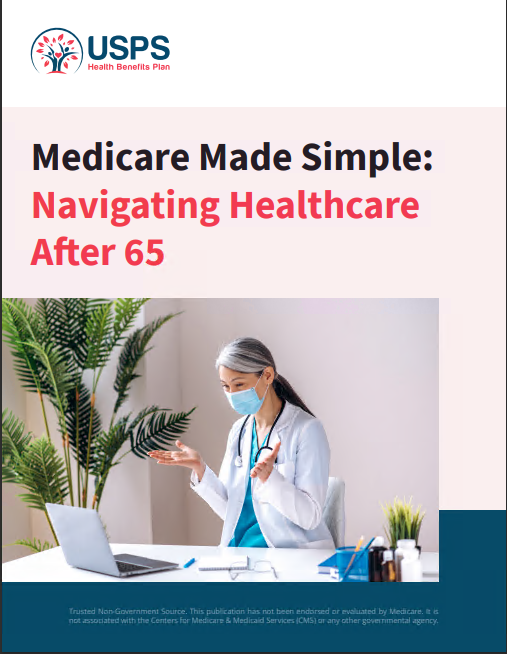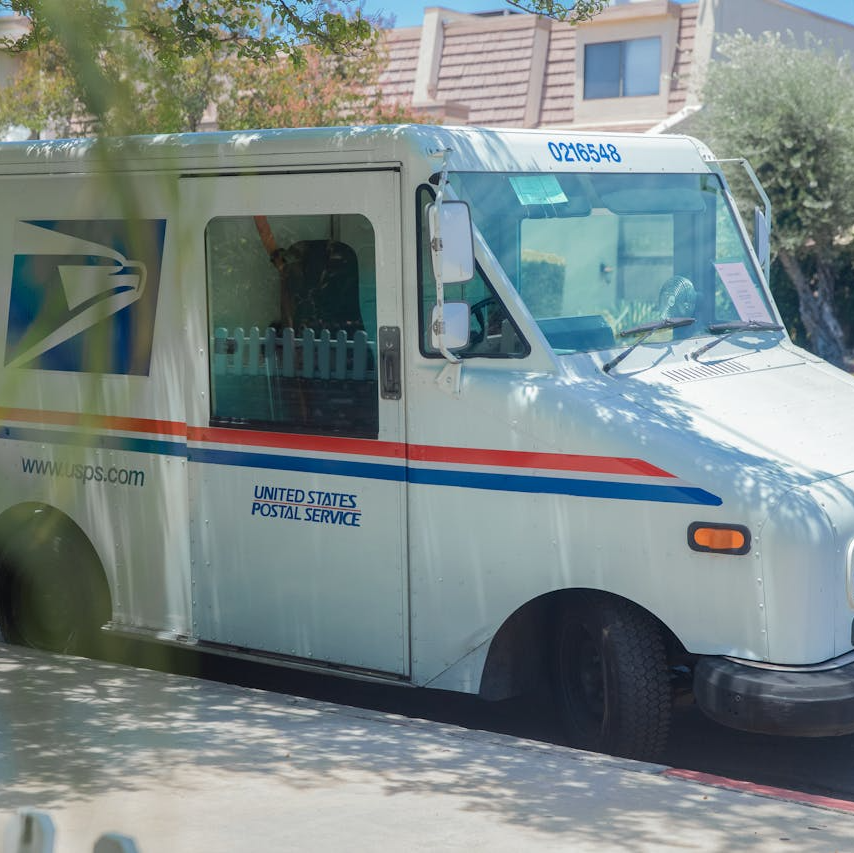Key Takeaways
-
Understanding your full PSHB costs in 2025 requires looking beyond biweekly premiums to include deductibles, copayments, coinsurance, and out-of-pocket maximums.
-
Even with the Postal Service paying about 70% of the plan premium, your personal expenses can vary significantly based on your healthcare usage and Medicare enrollment status.
Why Biweekly Premiums Only Show Part of the Picture
When you first glance at your PSHB options, the biweekly premium might seem like the most important number. After all, it directly impacts your paycheck or annuity. However, in 2025, that number alone doesn’t tell you how much you might actually pay for healthcare throughout the year.
Your premium covers the right to have insurance, but it doesn’t cover all costs of care. Once you start using medical services, additional charges like deductibles, copayments, and coinsurance come into play.
What the Government Pays vs. What You Pay
The Postal Service covers approximately 70% of your plan’s total premium in 2025. That still leaves about 30% for you to pay biweekly.
However, your total cost also includes:
-
Annual deductibles for medical and pharmacy benefits
-
Copayments for primary care, specialist visits, urgent care, and ER services
-
Coinsurance percentages on major services like hospital stays and surgeries
-
Out-of-pocket maximums, which cap how much you must pay annually for covered services
Each of these categories has a different impact on your yearly health budget.
Breaking Down the 4 Main Costs You Face
1. Premiums
Premiums are your predictable, scheduled payments. Whether you visit the doctor once or a dozen times, your premium remains constant. In 2025, PSHB premiums range broadly depending on the plan and coverage tier you select (Self Only, Self Plus One, or Self and Family).
2. Deductibles
A deductible is what you must pay each year before your plan starts sharing costs. Some PSHB plans offer low deductibles, while others, especially high-deductible health plans, have higher thresholds.
Typical 2025 deductibles include:
-
Around $350-$500 for low-deductible plans (Self Only)
-
$1,500-$2,000 for high-deductible plans (Self Only)
If you cover more family members, these amounts increase.
3. Copayments
Copayments are flat fees you pay for certain services, regardless of the overall cost.
In 2025, you generally see:
-
$20-$40 for a primary care visit
-
$30-$60 for a specialist visit
-
$50-$75 for urgent care
-
$100-$150 for ER visits
Copayments are predictable, but frequent visits can add up.
4. Coinsurance
Coinsurance is a percentage of the service cost you must pay after meeting your deductible.
For example:
-
In-network services: 10%-30%
-
Out-of-network services: 40%-50%
Coinsurance can make major expenses, like hospitalizations, much more costly if you’re not prepared.
The Role of Out-of-Pocket Maximums in 2025
Out-of-pocket maximums limit how much you pay for covered services in a calendar year. Once you hit this maximum, your plan covers 100% of eligible costs.
In 2025, typical PSHB out-of-pocket maximums are:
-
$7,500 for Self Only (in-network)
-
$15,000 for Self Plus One or Self and Family (in-network)
Out-of-network maximums are often higher.
Medicare Enrollment and How It Changes Your Costs
If you’re enrolled in Medicare Part B in 2025, your PSHB costs often shrink. Some PSHB plans reduce or waive deductibles, copayments, and coinsurance when you have Medicare.
Important points for 2025:
-
Medicare-eligible retirees and family members generally must enroll in Part B to maintain PSHB coverage.
-
If you have Medicare, certain PSHB plans coordinate benefits, leaving you with little or no cost-sharing for many services.
This coordination can significantly lower your healthcare expenses over the year.
Why Total Cost Estimation Matters
Choosing a PSHB plan based only on the lowest premium can backfire. Instead, you should estimate your total annual cost, including:
-
Annual premium (biweekly premium x 26 pay periods)
-
Expected deductible costs
-
Expected copayments and coinsurance based on your healthcare usage
-
Potential for hitting the out-of-pocket maximum
Adding all these pieces gives you a clearer picture of your true financial responsibility.
Common Cost Surprises You Should Know
-
Specialist Services: Higher copayments or coinsurance often apply.
-
Emergency Room Visits: Costs add up quickly with both a copay and possible coinsurance.
-
Hospital Stays: Even with insurance, coinsurance after meeting your deductible can be substantial.
-
Prescription Drugs: Pharmacy deductibles and coinsurance can apply, even after Medicare integration.
Awareness helps you plan for these less predictable expenses.
How to Compare PSHB Plans Wisely in 2025
When reviewing plans this year, don’t just compare premiums. Instead, look closely at:
-
Deductible amounts
-
Copayment structure
-
Coinsurance percentages
-
Prescription drug coverage details
-
Out-of-pocket maximums
-
Special Medicare coordination benefits
A plan with a slightly higher premium but lower cost-sharing might save you hundreds or even thousands of dollars by the end of the year.
Timing Matters: Open Season and Life Events
You can only change your PSHB plan during specific periods:
-
Open Season: Held every year from November to December.
-
Qualifying Life Events: Events like marriage, divorce, birth, or loss of other coverage allow changes outside Open Season.
Otherwise, you must stay with your current plan until the next Open Season, so careful selection is crucial.
Special Note on Prescription Drug Costs for 2025
Starting in 2025, Medicare Part D introduces a $2,000 cap on out-of-pocket costs for covered prescription drugs. For PSHB enrollees with integrated Medicare Part D, this new rule helps limit pharmacy expenses.
However:
-
Some drugs still require coinsurance or copayments.
-
Specialty drugs might have higher cost-sharing.
-
Pharmacy deductibles still apply under some plans.
It’s important to read your PSHB plan’s brochure carefully to understand how these changes interact with your benefits.
Getting the Full Picture: The Importance of Plan Brochures
The most reliable information source for PSHB plans is the official plan brochure. In 2025, every PSHB plan provides:
-
Detailed cost tables
-
Coverage explanations
-
Out-of-pocket cost examples
Before you enroll or re-enroll, study the brochure thoroughly. A few extra minutes can prevent unpleasant financial surprises later.
Staying Proactive with Your Health Budget
Managing your healthcare costs under PSHB in 2025 isn’t just about choosing a plan and hoping for the best. You should also:
-
Track your medical visits and prescriptions
-
Use in-network providers whenever possible
-
Understand when referrals are needed to avoid surprise bills
-
Set aside emergency healthcare savings if you anticipate high usage
Being proactive ensures you stay within your budget and get the most out of your PSHB coverage.
Clearer Choices Start with Understanding All the Costs
Understanding your PSHB plan costs in 2025 means looking beyond the basic numbers. You owe it to yourself to evaluate all components—premiums, deductibles, copayments, coinsurance, and maximums—before committing to a plan.
If you need personalized help figuring out the best PSHB option for your health needs and financial situation, reach out to a licensed insurance agent listed on this website. A professional can guide you through your options with your total cost picture in mind.










